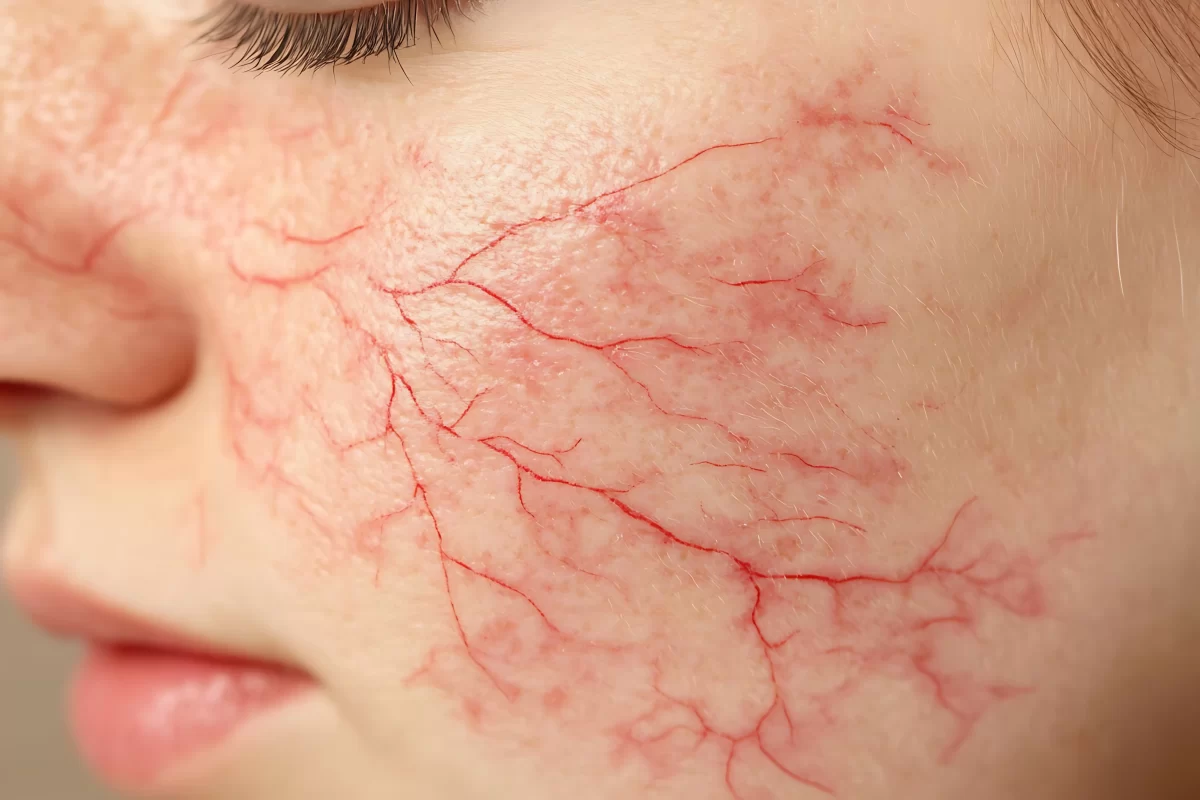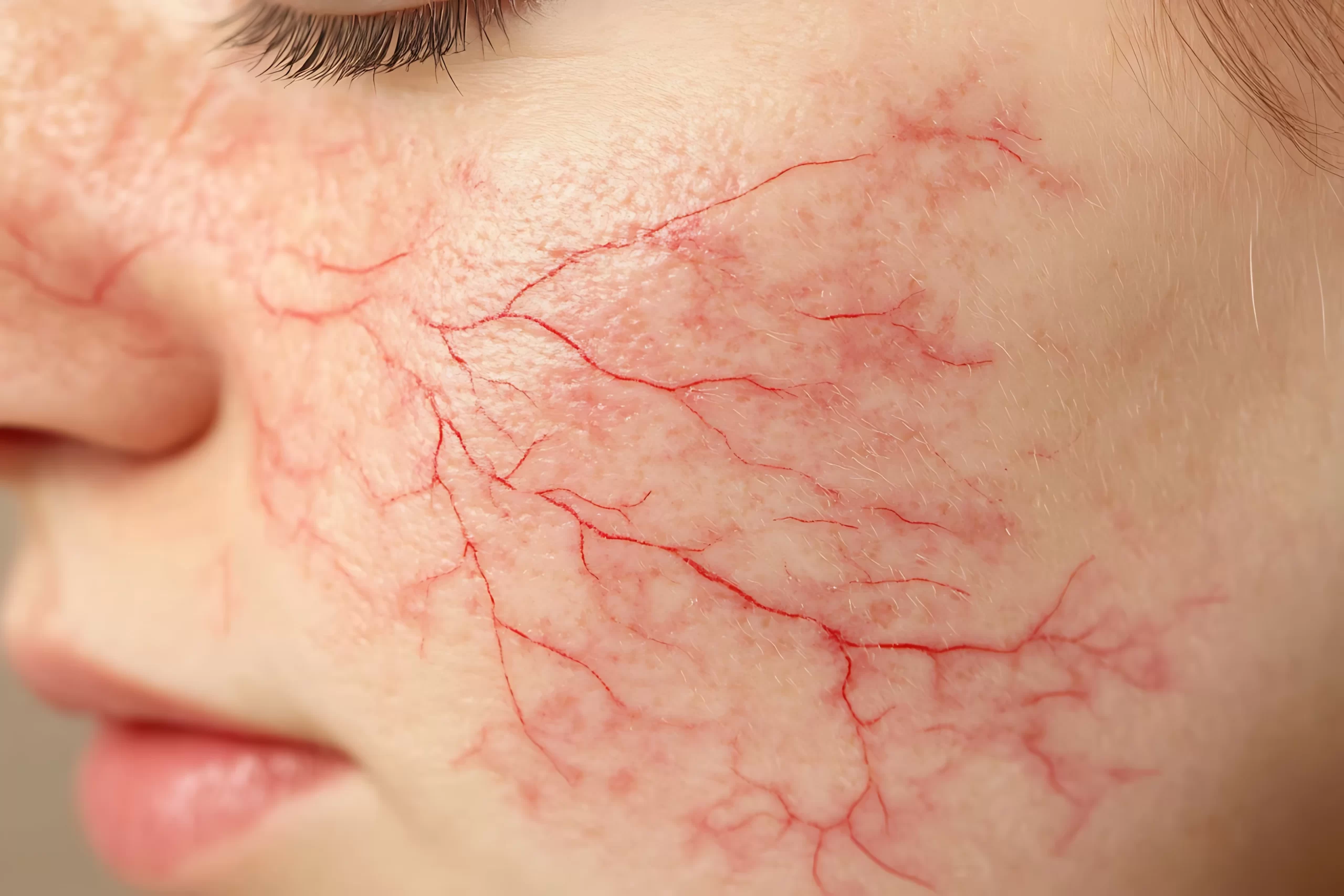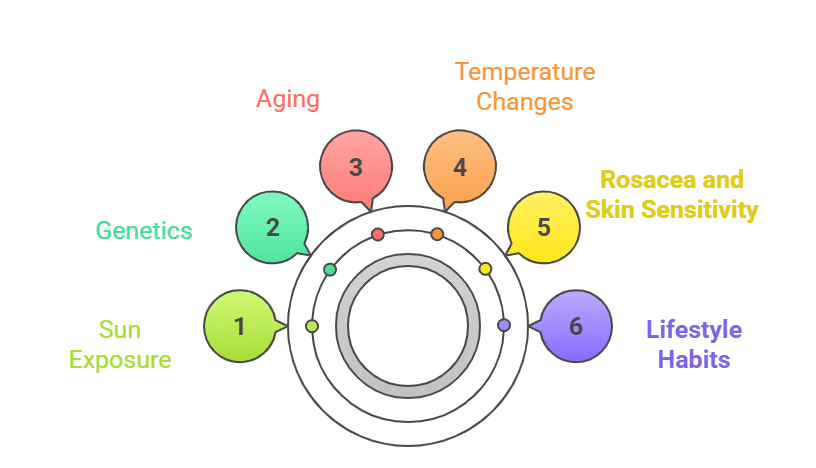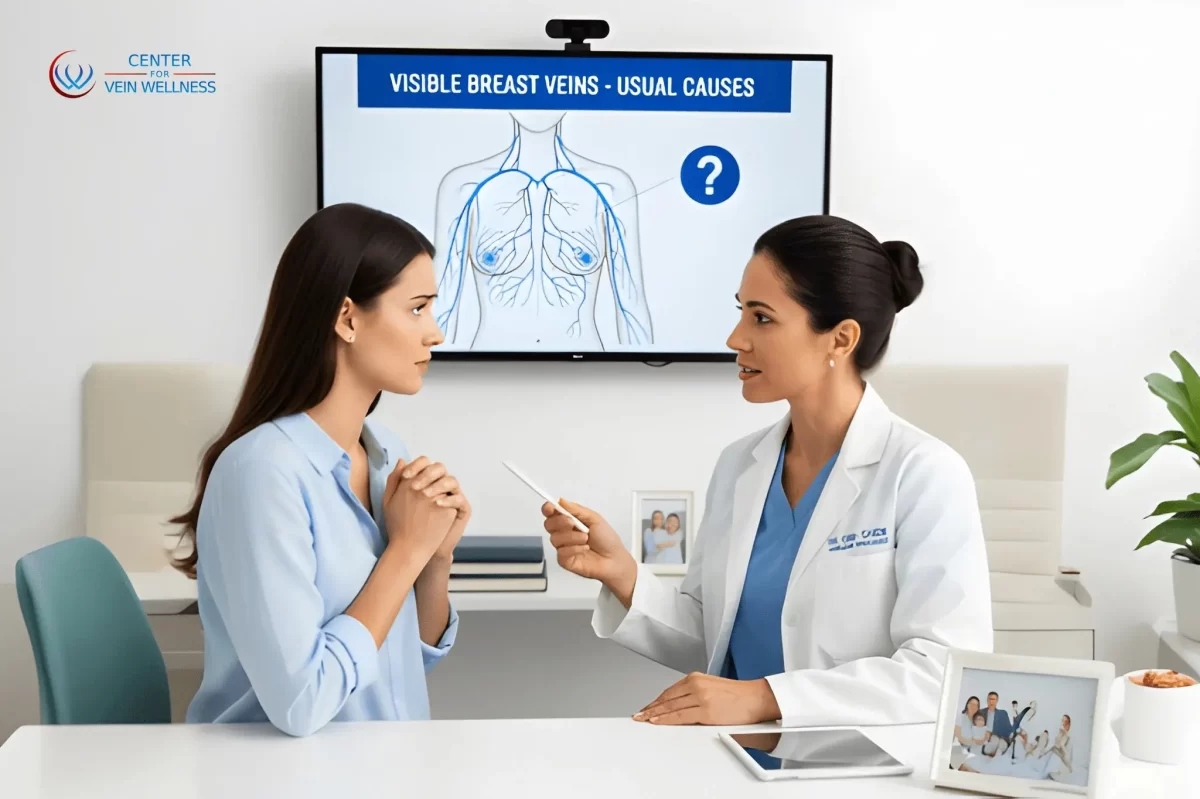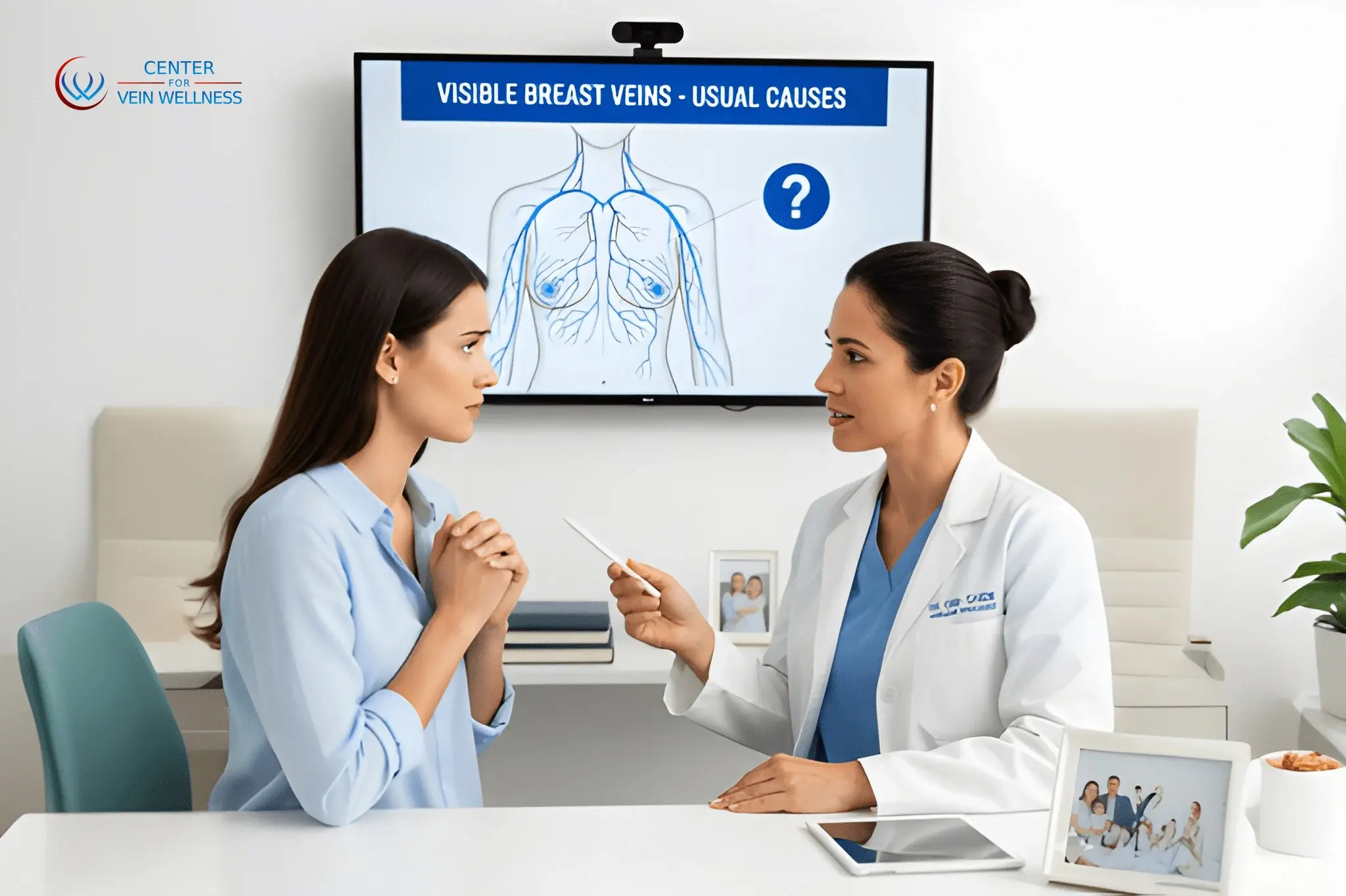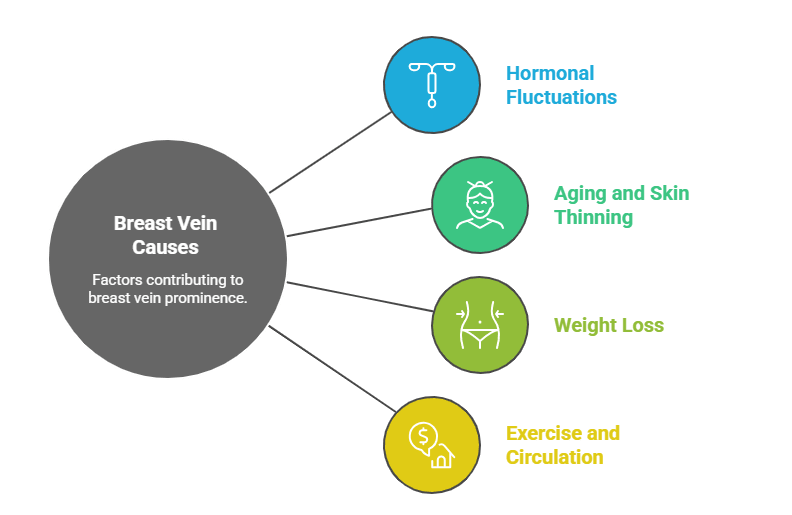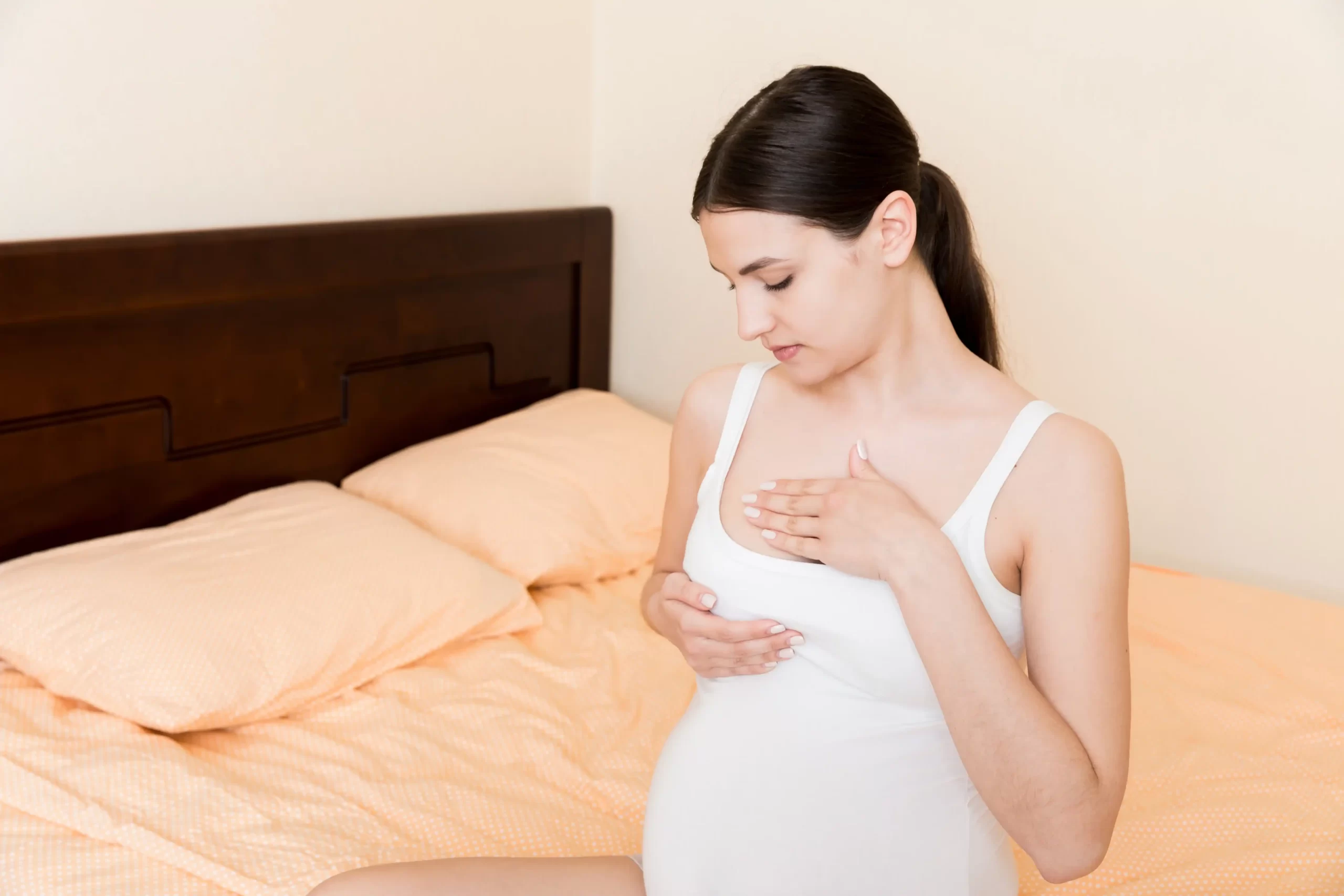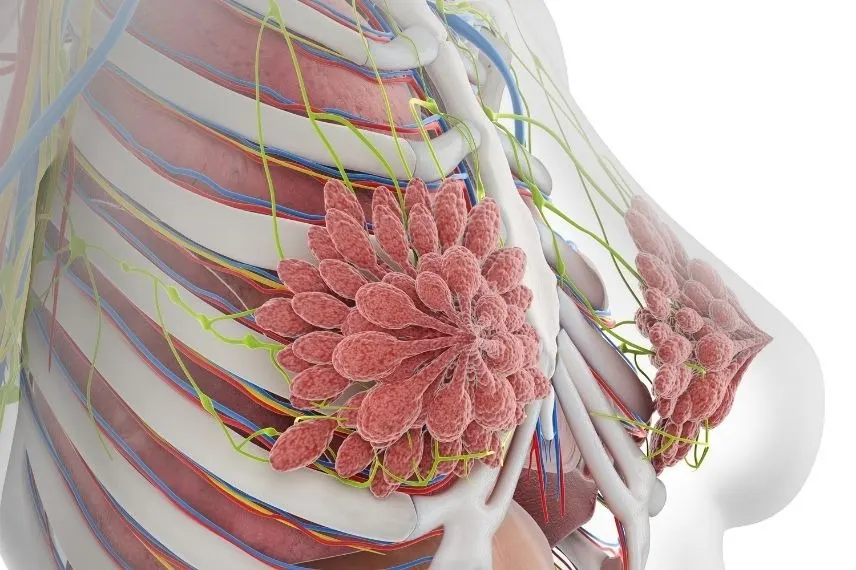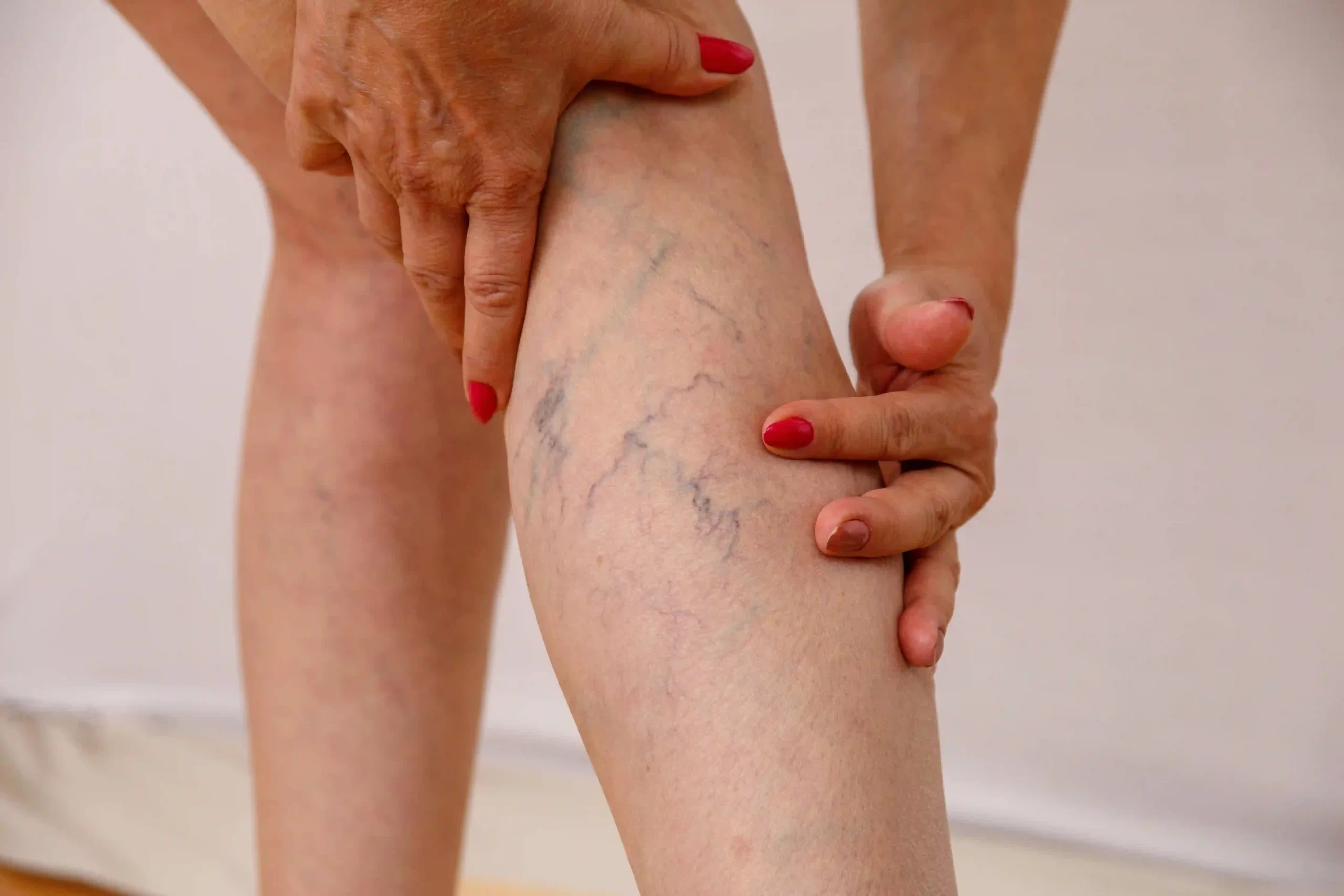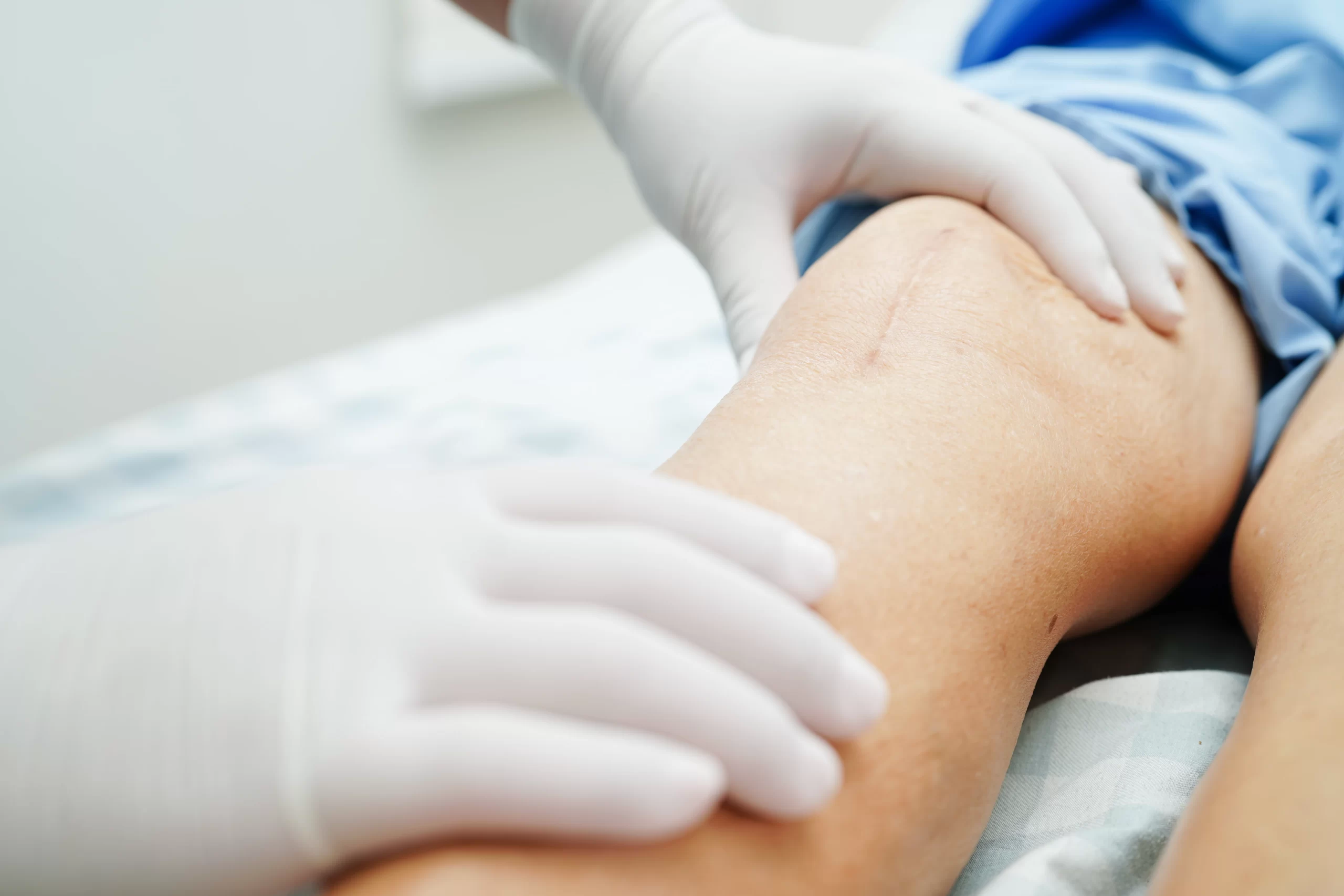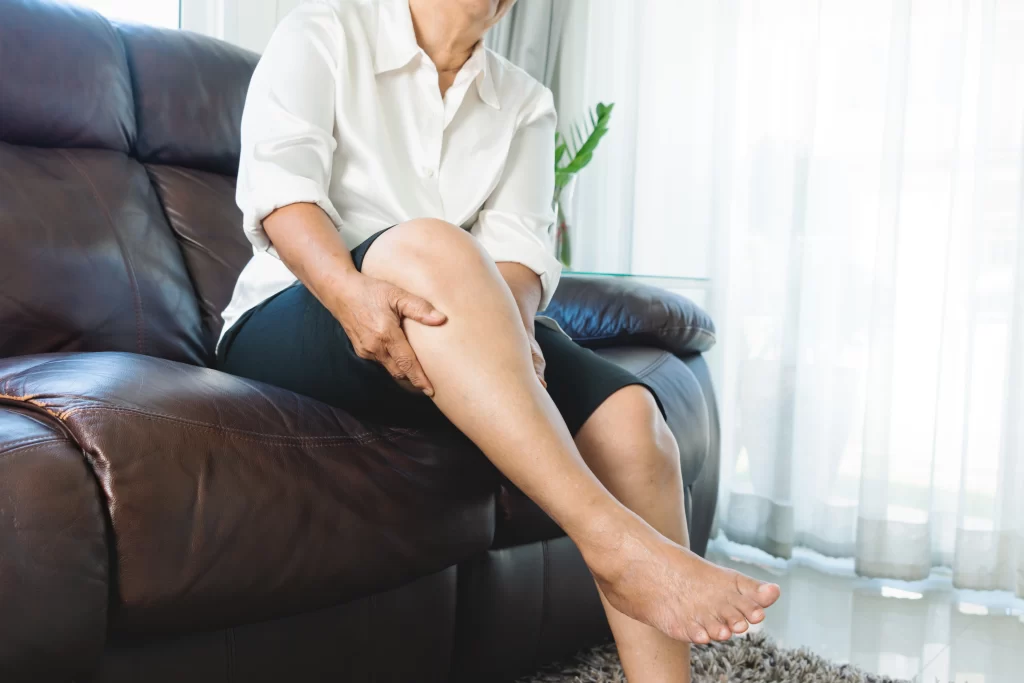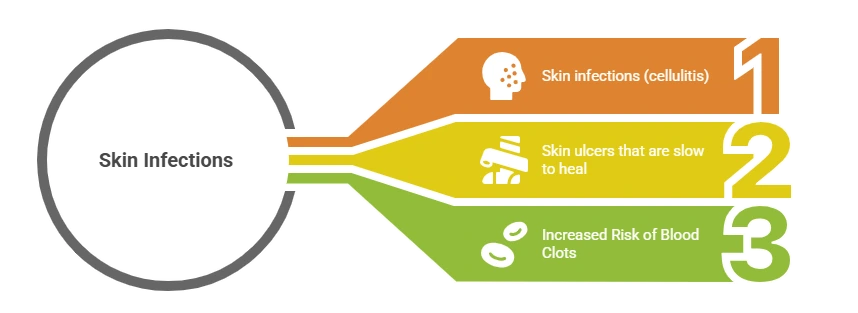Liquid Sclerotherapy vs VeinGogh: What’s the Best Treatment for Facial Spider Veins?
Quick Summary:
1. VeinGogh Works Best for Tiny Facial Veins – Uses precise microbursts of energy to target fine red veins without harming surrounding skin.
2. Sclerotherapy Treats Larger or Deeper Veins – A medical solution is injected into the vein, making it collapse and fade over time.
3. Results Appear Faster With VeinGogh – Many patients see instant cosmetic improvement, while sclerotherapy results develop over several weeks.
4. Both Treatments Have Minimal Downtime – VeinGogh is non-invasive, and sclerotherapy involves only minor injections, allowing quick recovery.
5. Choosing the Right Treatment Depends on Vein Size – Small, red spider veins respond best to VeinGogh, while bigger blue or green veins are better suited for sclerotherapy.
Facial spider veins are a common cosmetic concern, especially when they show up on the nose, cheeks, or chin. Two of the most popular treatments used today are Liquid Sclerotherapy and VeinGogh. While both can help reduce unwanted veins, VeinGogh is often the better choice for tiny facial spider veins because it is very precise and gentle. It uses quick bursts of heat to target the vein without harming the skin around it. Sclerotherapy, on the other hand, works well for larger veins, especially on the legs, but it’s not always the best option for very small facial veins and may take longer to show results. In this blog, we’ll explain how each treatment works, compare VeinGogh vs sclerotherapy, share the benefits of both options, and help you decide which treatment may be right for your facial spider veins. We’ll also point you to helpful resources and show you how to contact a specialist for expert guidance.
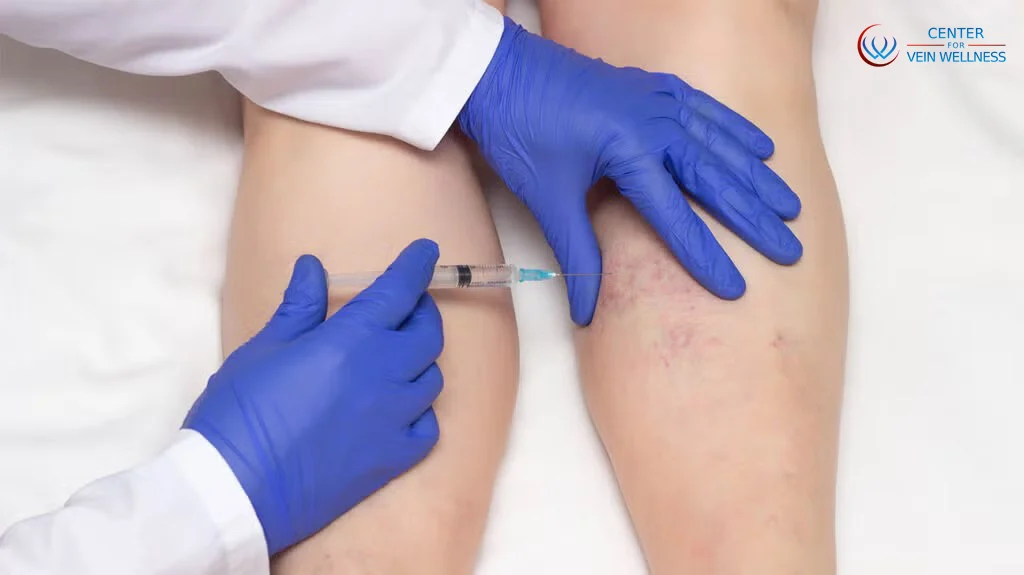
What Causes Facial Spider Veins?
Facial spider veins, also known as telangiectasia, can appear for several reasons. Genetics often play a major role, but factors like prolonged sun exposure, aging, and hormonal changes can also contribute. Skin conditions such as rosacea, along with environmental triggers like extreme temperatures, may make these tiny veins more visible. Certain lifestyle habits, including smoking or alcohol use, can further increase the likelihood of developing facial spider veins. While these veins are usually harmless, many people choose to treat them because they are highly noticeable on the face.
What Is Liquid Sclerotherapy?
Liquid sclerotherapy is a proven treatment that involves injecting a medical solution directly into the unwanted vein. The solution irritates the vein walls, causing the vein to collapse and fade naturally over time.
Liquid sclerotherapy offers several benefits for individuals dealing with visible facial veins. It works especially well on larger or deeper veins that may not respond to surface-level treatments, making it a reliable option for more stubborn cases. The procedure provides long-lasting results with minimal downtime, allowing patients to return to their day quickly. Because it’s a quick in-office treatment, many people find it convenient and effective for restoring a clearer, more even facial appearance. To explore detailed information on how facial veins are treated, you can check the Facial Veins Treatment page.
What Is VeinGogh Treatment?
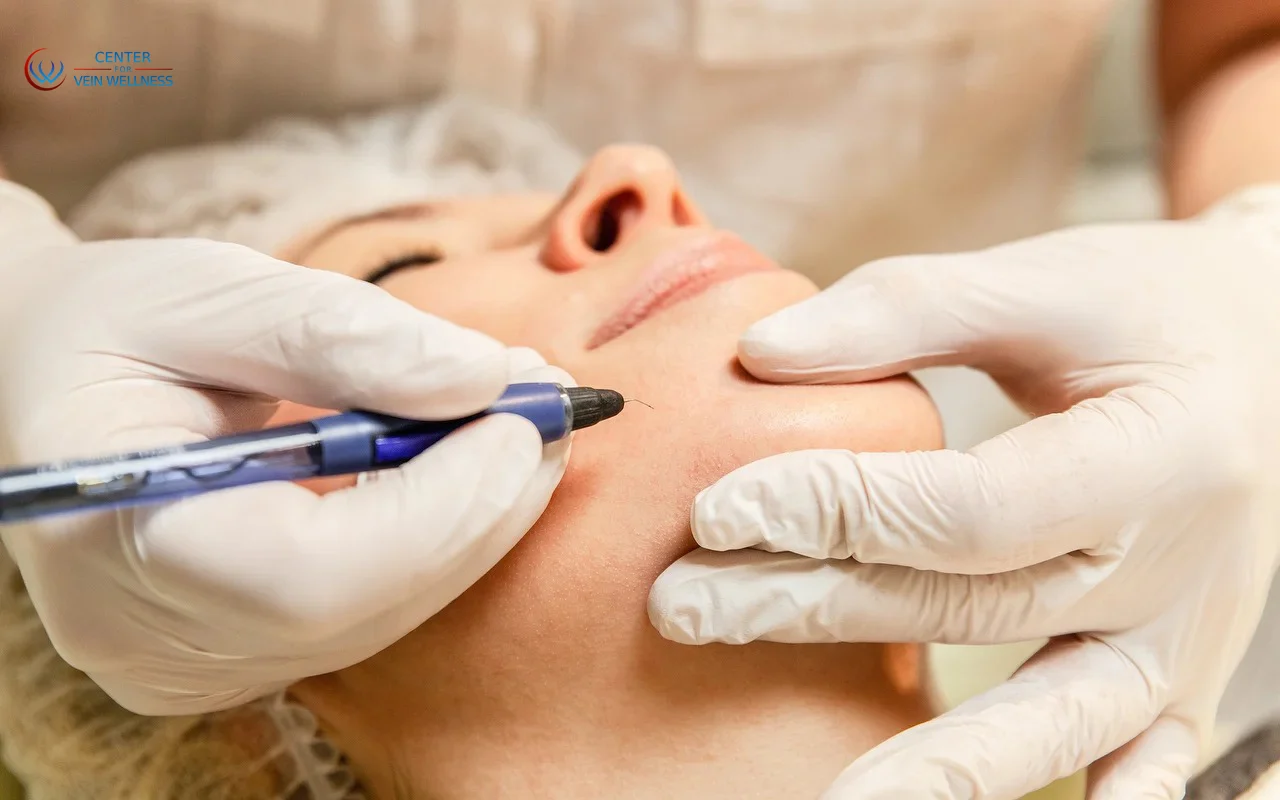
VeinGogh treatment is an advanced option for treating very fine, red spider veins and broken capillaries. Instead of injections, VeinGogh uses microburst technology, high-frequency energy delivered through a tiny probe that gently heats and closes the vein.
VeinGogh treatment offers several advantages, especially for individuals with very small, red, or thread-like spider veins. Since the procedure uses microburst technology instead of needles, there are no injections involved, making it a comfortable option for most patients. Many people notice immediate cosmetic improvement after treatment, and because it doesn’t cause bruising, the recovery is quick with minimal downtime. VeinGogh is also highly effective in delicate facial areas such as the nose and cheeks, where precision is essential for safe and natural-looking results.
VeinGogh vs Sclerotherapy: What’s the Difference?
Below is a clear breakdown of how these two treatments compare:
|
Feature |
VeinGogh Treatment |
Liquid Sclerotherapy |
|
Best For |
Tiny red spider veins & broken capillaries |
Larger or slightly deeper blue/green veins |
|
How It Works |
Uses high-frequency microbursts of energy to close veins |
A medical solution is injected to collapse the vein |
|
Invasive? |
Non-invasive (no needles) |
Minimally invasive (small injections) |
|
Pain Level |
Mild warm or quick zap sensation |
Mild injection sensation |
|
Results |
Often immediate cosmetic improvement |
Gradual fading over weeks |
|
Downtime |
No downtime |
Minimal downtime |
|
Sessions Needed |
1–2 sessions for small veins |
1–3 sessions depending on vein size |
|
Ideal Treatment Areas |
Nose, cheeks, chin, under-eye capillaries |
Slightly larger veins across the face |
How to Choose the Best Treatment for Facial Spider Veins
Choosing the best treatment for facial spider veins depends on your vein type, size, visibility, and skin sensitivity.
Choose VeinGogh if:
● Your veins are tiny, red, and thread-like
● You prefer a non-invasive option
●You need precise treatment in sensitive areas
Choose Liquid Sclerotherapy if:
● Your veins are larger or have a bluish tint
● You want long-lasting results
● You need treatment for veins that are deeper under the skin
Some patients benefit from a combination of both treatments for the most complete results. A vein specialist can help evaluate which method will work best for your specific concerns.
Conclusion
Both Liquid Sclerotherapy and VeinGogh treatment are excellent and effective options for treating facial spider veins each serving different types of veins and cosmetic needs. VeinGogh delivers precise, instant improvement for tiny red veins, while sclerotherapy offers powerful results for larger or deeper facial veins. Understanding the differences helps you make the right choice for your skin.
Contact us today to schedule your consultation with one of our experienced vein specialists. We’re here to help you achieve lasting results and renewed confidence. Clear, confident skin is just a consultation away.

